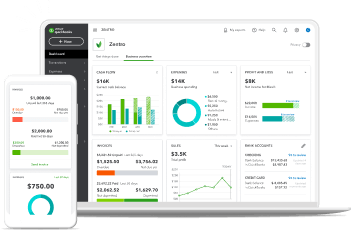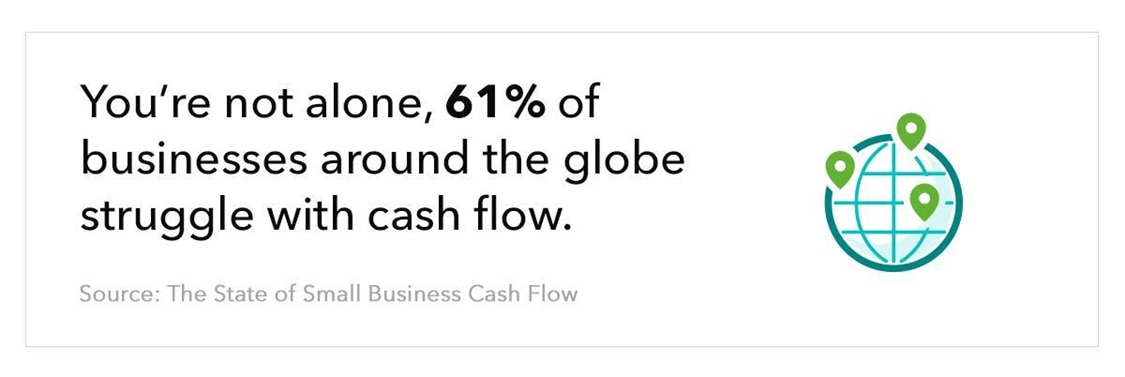As you know, staying in the black during your first few years in business can be difficult, and maybe even impossible. This especially applies during periods of economic hardship. A small business’s financial struggles often boil down to cash flow issues. But there’s a way to improve how you manage your cash flow so you can increase your business’s financial security.
Cash flow forecasting establishes cash flow projections for upcoming months so you know how much you’ll have in your bank account for operations. Taking the time for cash flow forecasting is smart business management because it allows you to avoid or prepare for financial shortcomings. It also allows you to create a more reliable financial plan for budgeting, starting a savings account, and achieving other business goals.
If this sounds like something you need to get your business on the right track, it’s time to create your cash flow forecast. Use this guide to better understand cash flow forecasting, and how you can incorporate this practice into your business. You can also use the following links to learn more about specific aspects of cash flow forecasting:







